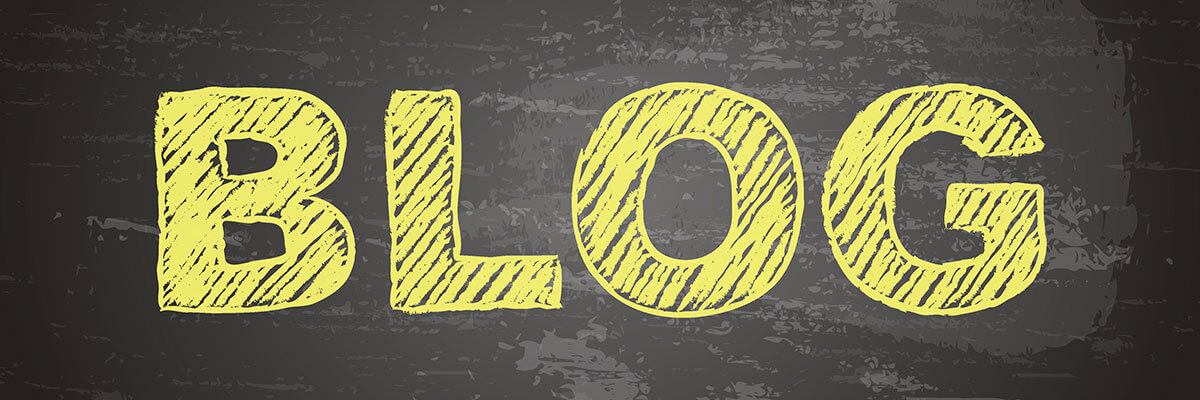Dial Tone Phone Services basically denote if the telephone exchange is operational in righteous manner, and off-hook condition is applied to the telephone set. Dial tone pattern shuts down right after the first numerical digit is dialed. If the user intends to dial only single digit then after a short time of delay, the procedure automatically invokes “permanent signal” often called “intercept message” or “special information tone”.
Dial tone was the invention of a German Engineer, August Kruckow back in 1908. It took nearly 32 years when it was officially recognized and introduced in the telephones in United States of America around 1940. Over the next decade, dial tone phone services was quite common and widespread to almost every county across the globe. By the time President Dwight Eisenhower retired from the presidency, dial tone became universal in 1961.
Before the introduction of modernized telephone switching through electronic systems, dial tone phone services was earlier provided by means of electromechanical system. Within the United States of America, the standard dial tone ranges to a 600 Hz tone that is further amplitude – modulated up to 120 Hz. Some of the other dial tones are simply extracted by the 60Hz AC current line. While in the United Kingdom, dial tone phone services are generated at 33 Hz. It was produced using motor – embedded ringing system in most of the exchanges.
The modern dial tone system varies from country to country and region to region. Modern dial tones have been produced while keeping in mind different aspects as per the given conditions and circumstances of the specific region. In most of the European parts, dial tone is produced at a constant rate of 425 Hz whereas in United States, it is referred as “buzz” means the sound produced by interference of two frequencies of 440 Hz & 350 Hz. The modern dial tone of United Kingdom is also the addition of two frequencies same as United States. Auto Dialers, fax machines, and modems are being manufactured in such a manner that they should recognize the standards of every country’s dial tone and should be able to detect the relevant reaction accordingly.
As far as the digital cellular phone services are concerned like GSM don’t generate any sort of dial tones at all.
Variation in Dial Tone Phone Services:
Dial Tone – Second : Key telephone system / internal or private PBX are embedded with customized dial tones. It has also been observed that sometimes it sounds exactly like external PSTN. Generally, it is of different nature so that user can be notified to dial prefix or right pattern.
Dial Tone – Secondary : Secondary dial tone is just like the dial tone. The only difference is that it is initiated right after the call’s been placed. Secondary dial tones are additionally used for call forwarding and call queuing systems.
Dial Tone – Shutter : A shutter sort of tone is sounded when the user is to be notified with any pending voice mail or when the extra calling feature is activated.
Soft Dial Tones : Soft dial tone is less often referred as “express” or “secondary” dial tone. It sounds just like the normal dial tone expect with the difference that it denotes that there is no active connection online and user can’t establish any sort of connection. It is provided in the best interest of users so that in case of emergency they can dial emergency numbers like 911, 999, and 112. This tone is also provided to those particular telephone circuits which are no more active but still plugged and powered by the switch.

